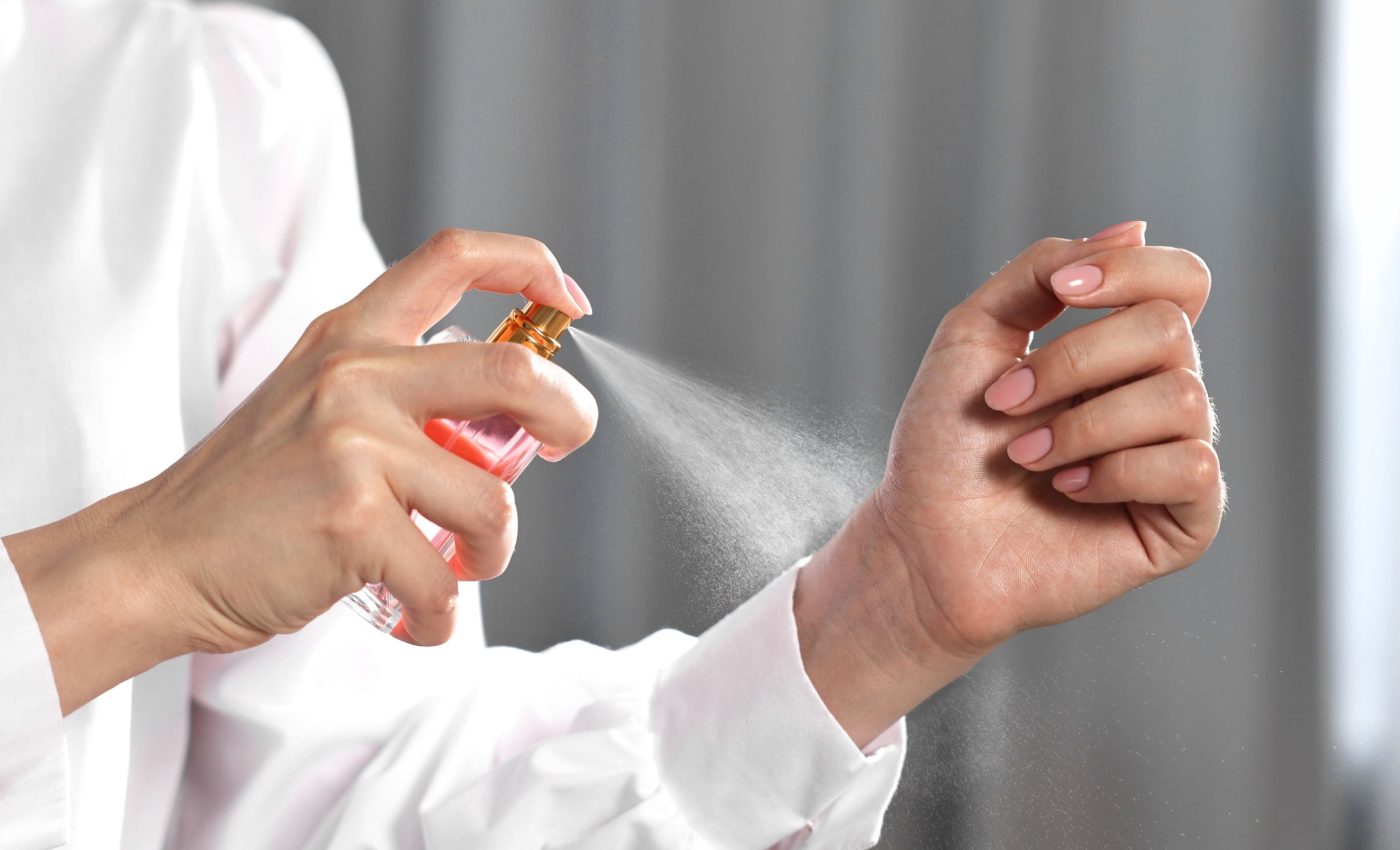
Perfume and lotion disrupt body's natural air cleaning system
The air around us isn’t empty. It carries molecules, gases, and invisible particles that interact with everything they touch – including us.
Scientists have long known that humans emit chemicals and react with the air around them. But a new discovery adds depth to that understanding. It turns out that when we apply perfume or lotion, we may be changing our personal airspace more than we realize.
This discovery comes from a detailed international study led by researchers from the Max Planck Institute, Penn State, and other institutions.
The study reveals how common personal care products disturb the “human oxidation field” – a kind of protective chemical zone that forms around people indoors. And its disruption could have consequences for both health and indoor air quality.
Our bodies create a chemical barrier
When people are indoors, their bodies interact with ozone – a common air pollutant that comes in from the outside. This interaction produces highly reactive molecules called hydroxyl radicals, or OH.
These radicals react with pollutants, helping neutralize them in the air close to the skin and in the breathing zone.
“Think of people as candlelight, our body temperature is typically the warmest thing in the indoor environment,” said Donghyun Rim, associate professor at Penn State. This warmth draws air inward, allowing chemical reactions to happen close to the body.
The reactions form an invisible but vital air-cleaning layer called the human oxidation field, which reduces the chances of breathing in harmful ozone and other pollutants. But personal care products like lotions and perfumes interfere with this protective process.
Lotion reduces the air-cleaning field
Volunteers in the study sat in a special chamber with and without applying lotion. The lotion they used was unscented and contained linoleic acid and phenoxyethanol, a common preservative.
The findings were striking. With ozone in the room, applying lotion caused a 170% spike in OH reactivity. That led to a 140% drop in OH concentration near the skin.
Phenoxyethanol, a volatile component in the lotion, absorbed many of the radicals. It became the main reason for the increased OH loss.
The lotion also diluted skin oils, reducing the availability of compounds like squalene that normally produce OH radicals when reacting with ozone.
Perfume hits the air shield quickly
The fragrance used in the test was a popular unisex scent dominated by ethanol and monoterpenes. Ethanol, which made up more than 99% of the gas-phase emissions, suppressed the OH field quickly.
Shortly after volunteers sprayed the fragrance on their hands, ethanol and monoterpenes spiked near their heads – up to 10 times the surrounding air levels.
This led to a sharp drop in OH levels – an 86% loss – though the effect didn’t last long. As ethanol evaporated quickly, the indoor air started to recover.
When both products were used together, their effects added up. Fragrances caused an immediate disruption. Lotions extended the impact over time.
Ethanol and phenoxyethanol released into the air followed the body’s thermal plume. Concentrations stayed highest near the face and chest. That means the breathing zone – the air you actually inhale – was most affected.
Lotion compounds alter the air
Hydroxyl radicals clean indoor air. But if personal care products remove them, pollutants stay longer. They can transform into new chemicals that stick around and get into your lungs.
The study also modeled real-world impacts. It showed that lotion and fragrance users emit more reactive compounds. These alter the surrounding air in ways that may affect other people in the same room.
Children and people with asthma may be especially vulnerable. Some chemical reactions produce tiny airborne particles that penetrate deep into the lungs.
These secondary products can also form sticky films on surfaces, adding to indoor exposure through skin contact or dust.
Rethinking personal care indoors
Even fragrance-free products can change indoor chemistry. The lotion used in this study had no added scent, yet it still disrupted the air’s oxidation field. That’s because compounds like phenoxyethanol and fatty acids still react with ozone.
Commercial perfumes are even more potent because of their ethanol content. While essential oils like linalool also react, their effects are smaller if no ethanol is present.
This research raises important questions. Indoor air quality isn’t just about what we spray in the air. It’s also about what we wear on our skin.
Understanding how our products change the chemistry around us may lead to better indoor air standards. It may also influence future product formulations. Until then, a lotion or spritz of perfume might be doing more than you think.
The study is published in the journal Science Advances.
—–
Like what you read? Subscribe to our newsletter for engaging articles, exclusive content, and the latest updates.
Check us out on EarthSnap, a free app brought to you by Eric Ralls and Earth.com.
—–













